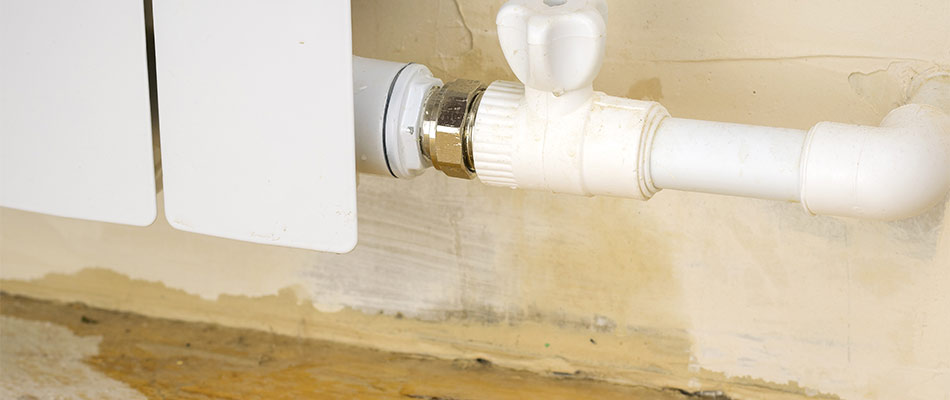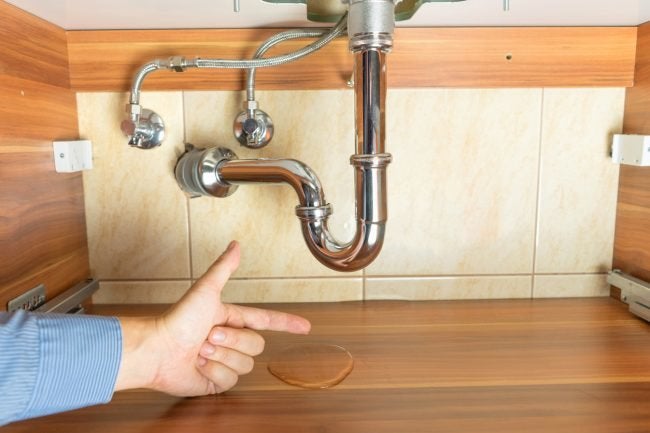Finding Concealed Water Line Leaks: 6 Clever Methods
Finding Concealed Water Line Leaks: 6 Clever Methods
Blog Article
Were you trying to locate answers about Detecting hidden plumbing leaks?

Early discovery of leaking water lines can mitigate a potential disaster. Some small water leaks may not be noticeable.
1. Take A Look At the Water Meter
Every residence has a water meter. Examining it is a guaranteed manner in which assists you find leaks. For beginners, turn off all the water resources. Make sure nobody will certainly flush, utilize the faucet, shower, run the cleaning machine or dish washer. From there, go to the meter as well as watch if it will certainly change. Considering that no one is using it, there should be no motions. That suggests a fast-moving leak if it moves. If you spot no modifications, wait an hour or two as well as inspect back once again. This indicates you may have a sluggish leak that might even be underground.
2. Check Water Intake
Examine your water expenses and also track your water intake. As the one paying it, you must discover if there are any inconsistencies. If you find sudden changes, in spite of your usage being the same, it means that you have leakages in your plumbing system. Bear in mind, your water bill need to drop under the same array each month. A sudden spike in your costs suggests a fast-moving leakage.
On the other hand, a constant rise monthly, despite having the exact same routines, shows you have a sluggish leakage that's additionally slowly intensifying. Call a plumber to completely examine your residential property, specifically if you really feel a cozy location on your flooring with piping beneath.
3. Do a Food Coloring Examination
When it involves water intake, 30% originates from bathrooms. Examination to see if they are running correctly. Decrease flecks of food color in the storage tank and also wait 10 mins. There's a leakage in between the storage tank as well as dish if the color somehow infiltrates your dish during that time without flushing.
4. Asses Outside Lines
Don't forget to examine your exterior water lines also. Should water seep out of the link, you have a loosened rubber gasket. One small leakage can lose heaps of water as well as spike your water costs.
5. Examine and Assess the Circumstance
House owners should make it a behavior to check under the sink counters as well as even inside cupboards for any bad odor or mold development. These 2 warnings show a leakage so prompt focus is required. Doing regular inspections, even bi-annually, can save you from a major problem.
Inspect for stainings and also weakening as a lot of appliances and pipes have a life span. If you think leaking water lines in your plumbing system, don't wait for it to intensify.
Early detection of leaking water lines can reduce a potential disaster. Some tiny water leakages might not be noticeable. Inspecting it is a surefire way that aids you uncover leaks. One tiny leakage can squander bunches of water as well as increase your water costs.
If you suspect leaking water lines in your plumbing system, don't wait for it to intensify.
How to Know If Your Home Has a Hidden Leak
Water Meter Reveals Inexplicable Water Usage
If you’d like to test whether or not there’s a leak somewhere in your home, you can do this using your water meter. Here is how to conduct the test:
Don’t use any water in your home for at least 30 minutes; this also means not turning on faucets or water-using appliances.
Go outside, and check your water meter for activity.
If your water meter shows that there was activity, even though no one was using any water, this proves that there is a leak in your home.Visible Mold or Mildew Growth
Leaks behind walls create moist, dark environments that allow mold and mildew to grow and thrive. Eventually, you might see mold growth forming on the wall closest to a hidden leak.
If mold is growing in an area that receives a high amount of moisture, such as a bathroom, it may simply be an indication that better ventilation is needed. However, if you see mold growth on a wall or the ceiling in an area where you would not expect, you probably have a hidden leak.
Musty, Mildew Odor
Sometimes you might not be able to see the mold or mildew that is growing as a result of a leak. However, the smell can give the problem away just as easily. If you catch a whiff of something musty, there’s a good chance that old water is collecting somewhere in your home that you can’t see.
Stained/Warped Walls, Ceilings, or Floors
When your home soaks up water, a variety of red flags can become visible, including ceiling stains, bubbling drywall, warped walls, and sagging floors. While these issues can be caused by excess humidity, they can also be signs that a pipe or plumbing connection has started leaking behind your walls.
Inexplicably High Water Bill
After a while, you get a general sense for what your water bill should be. If you own a pool or sprinkler system, your bill will tend to be higher during summer. However, if you receive a water bill that seems especially high, and you can’t figure out what caused it, then you may have a hidden leak somewhere that’s increasing your bill.
https://www.plumbingjoint.com/blog/2019/july/how-to-know-if-your-home-has-a-hidden-leak/

As a reader on Finding hidden leaks, I imagined sharing that article post was a smart idea. Sharing is nice. Helping people is fun. Thank you for going through it.
Get Quote Report this page